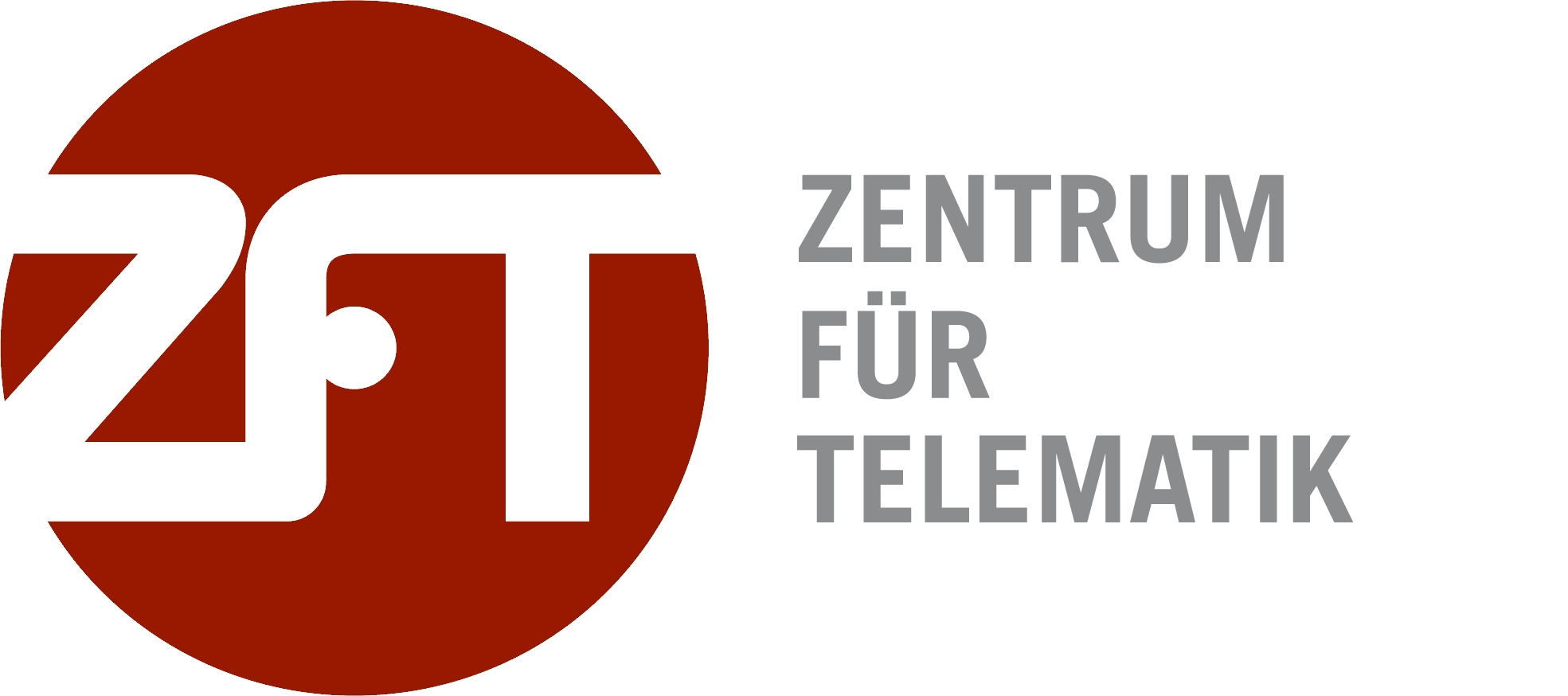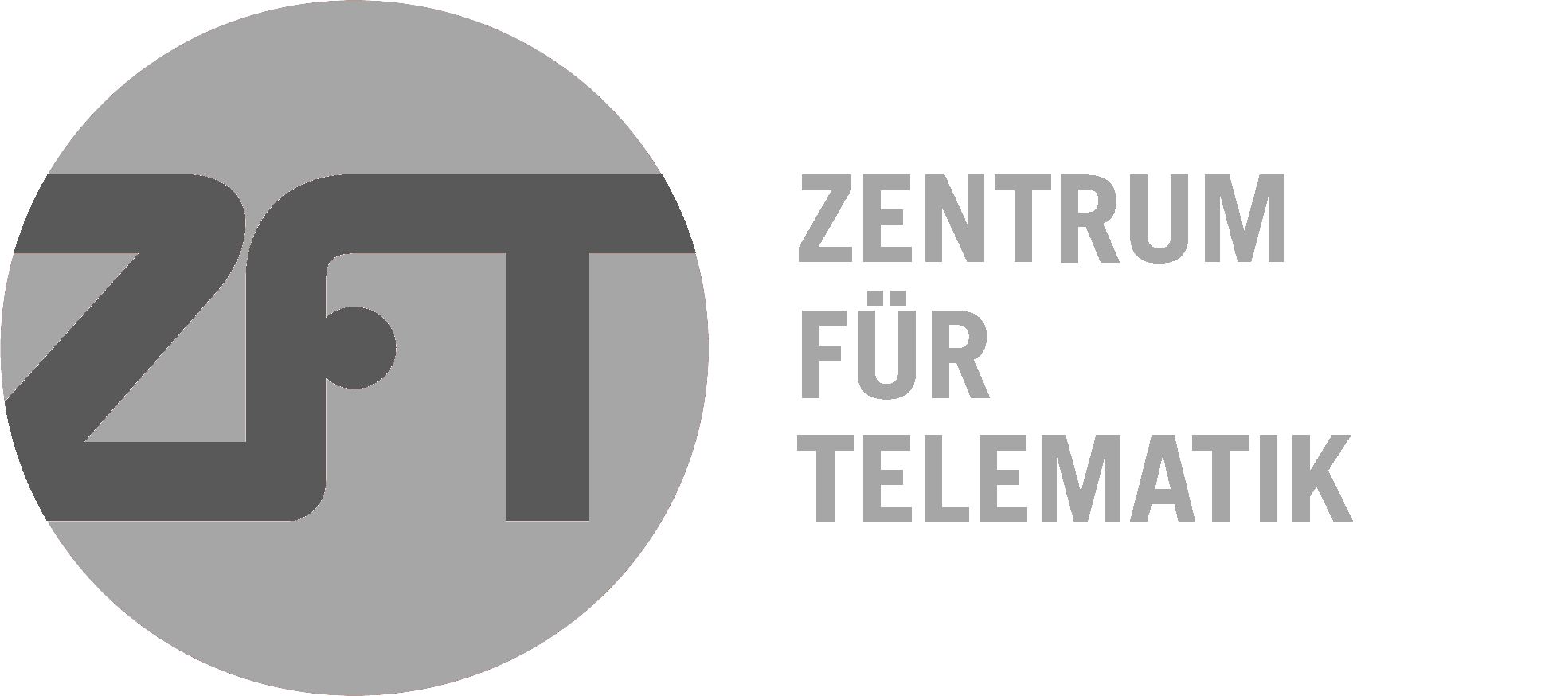3D Environment Detection
The acquisition of precise environmental information by sensors provides the basis for decisions of autonomous mobile systems. Efficient route planning and the localization of a mobile system requires such information as a starting point. The Zentrum für Telematik is therefore working with cooperation partners on advanced methods for 2D/3D modelling of environments based on LiDAR (Light Detection and Ranging), but also 3D cameras.
These data can be used for improved localization and route planning for autonomous mobile systems, but also for advanced environment analyses, such as in production environments or wind turbines.
Laser measurement systems are also used for underwater use for the inspection of offshore wind turbines and oil drilling platforms, as they can achieve higher resolution and accuracy than sonar or acoustic cameras. However, absorption, turbidity and refraction effects in the water pose great challenges for the sensor system. New algorithms for sensor data evaluation and automatic self-calibration of 3D underwater laser scanners are used here.
Within the framework of the EU project ¡VAMOS! (Viable Alternative Mine Operating System), the Zentrum für Telematik is currently working on this topic. The aim of the project is the development and construction of an underwater mining robot for the mining of mineral deposits in flooded open-cast mines that cannot be reached with conventional techniques.
The sensor data of an underwater mining machine can only be displayed via a computer interface. In order to support the remote operator, environment maps in 3D are automatically generated. This requires a precise localization of the underwater robot and the fusion of all sensor data in a consistent model. Additional information, such as the quality of the mined raw materials, can then be entered into this 3D model of the mine.



